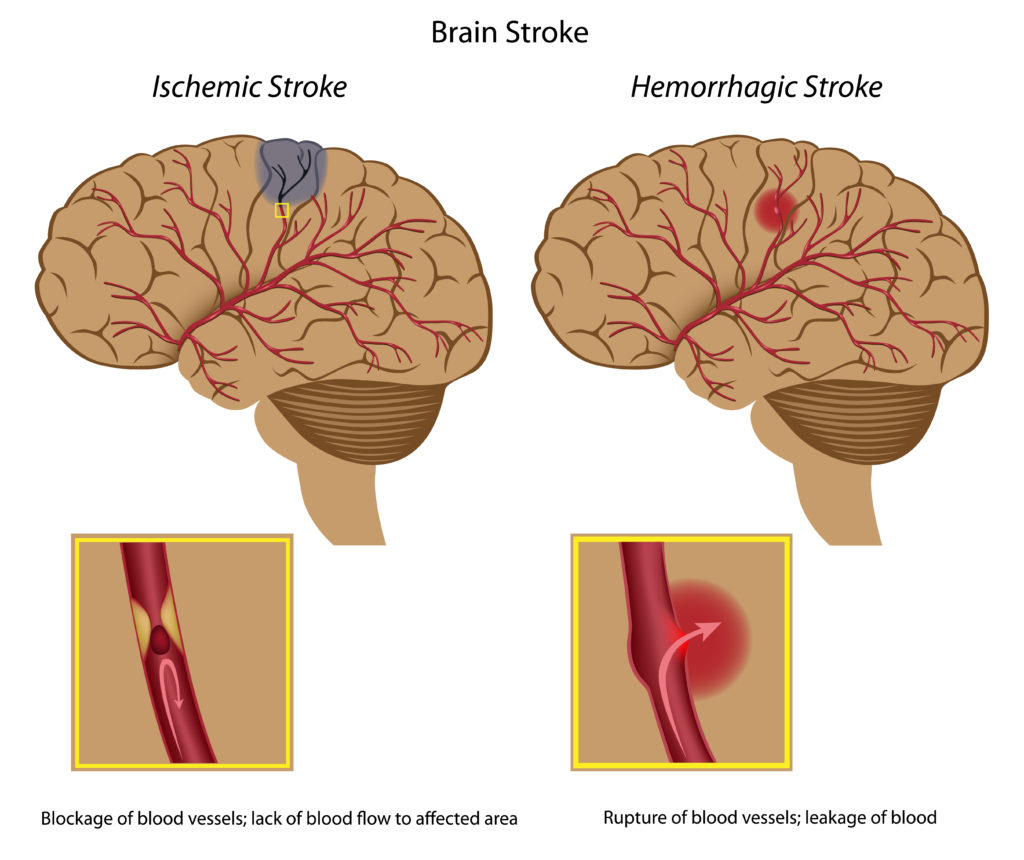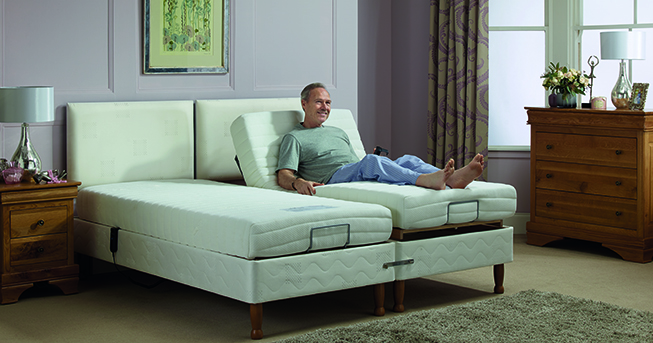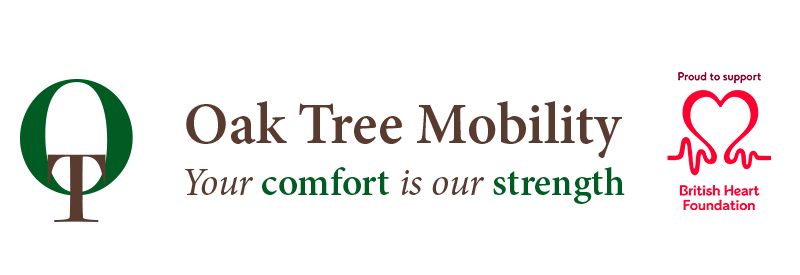Every year, there are more than 100,000 strokes in the UK.
A stroke occurs when the blood supply to a part of the brain is cut off. This deprives the brain of oxygen and essential nutrients.
Strokes affect people of all ages, but they are most common in those aged over 55. The most common age for women to have a stroke is 80. For men, the most common age is 74.
A stroke can strike quickly and without warning. The NHS recommends using the acronym ‘FAST’ to remember the most common symptoms of a stroke, and to identify when you need to call for help.
The sooner someone receives medical treatment, the more likely they are to recover.
Symptoms of a stroke
Face: Has a person’s face fallen on one side? One way of testing this is to ask them to smile.
Arms: Can they lift both arms above their head and keep them there?
Speech: Is their speech slurred? Are they having difficulty talking?
Time: If you see even one of these symptoms, it’s time to call 999. A stroke requires urgent medical attention, so it’s important to call as soon as you think someone might be having a stroke.
Types of stroke
There are two main types of stroke. Ischaemic strokes occur when a blood clot or other blockage cuts off the blood supply to the brain. Haemorrhagic strokes are less common, and happen when a weakened artery inside the brain bursts. This causes bleeding within the brain.

Transient ischaemic attacks (TIAs) are a third type of stroke. They are sometimes referred to as ‘mini-strokes’, because the loss of blood flow to the brain is transient and symptoms last less than 24 hours.
However, TIAs should not be taken less seriously than full strokes. People who have a TIA are more likely to go on to have a full stroke, so it’s important to seek medical treatment.
Life after a stroke
Individuals who have experienced a stroke are sometimes left with long-term health problems. If you or someone close to you has suffered a stroke, a mobility product may help you regain your independence or make everyday life easier.
More than half of all stroke survivors experience some kind of sleep problem such as insomnia or restless leg syndrome. An adjustable bed can help by making it possible to find a comfortable and supportive sleeping position.

At Oak Tree, our adjustable beds also allow you to adjust your position at the touch of a button. This makes it possible to sit up and lie down without the help of another person.
Read more: Our top tips for a good night’s sleep
Similarly, a rise and recline chair makes it possible for a person with restricted movement to transfer from sitting to standing safely. Our chairs provide support for your whole body, and also give you the option to lie back horizontally for a rest or nap.
Muscle weakness is a common after someone suffers a stroke, and this can affect your balance and leave you feeling dizzy or unsteady. These movement problems usually improve or disappear completely over time.
However, if you continue to experience balance problems or weakness in your legs following a stroke, it may be worth considering a bath lift. A bath lift will help you feel safe and confident when getting in and out of the bath, while allowing you to enjoy a relaxing soak
For more information about our products, or to order your free brochure, call us on 0800 999 2895.







